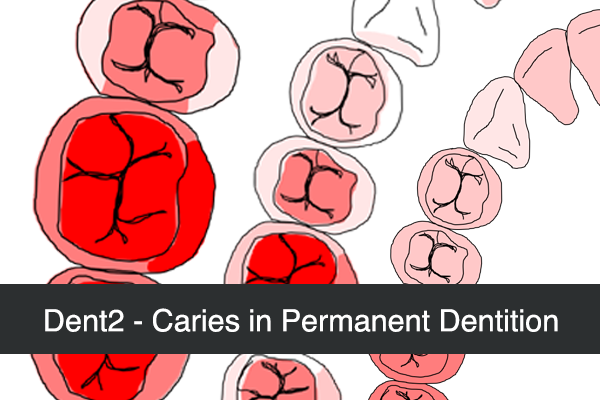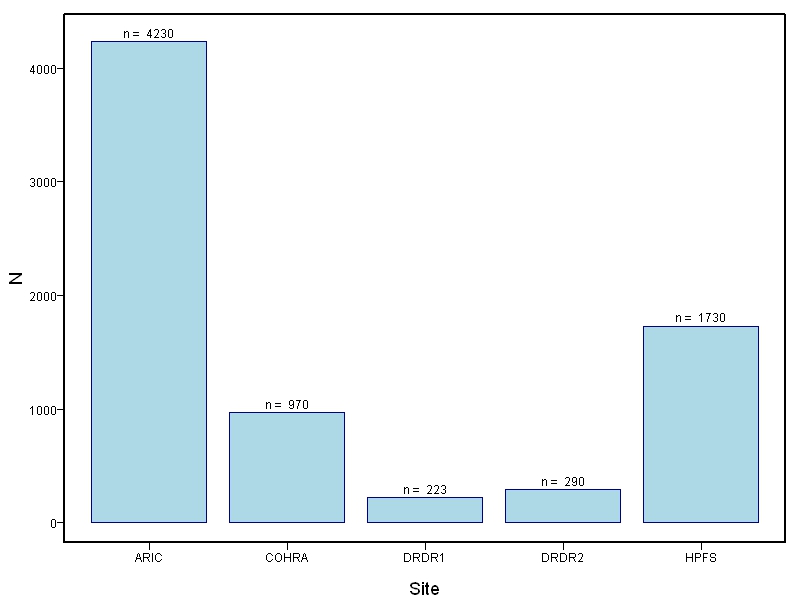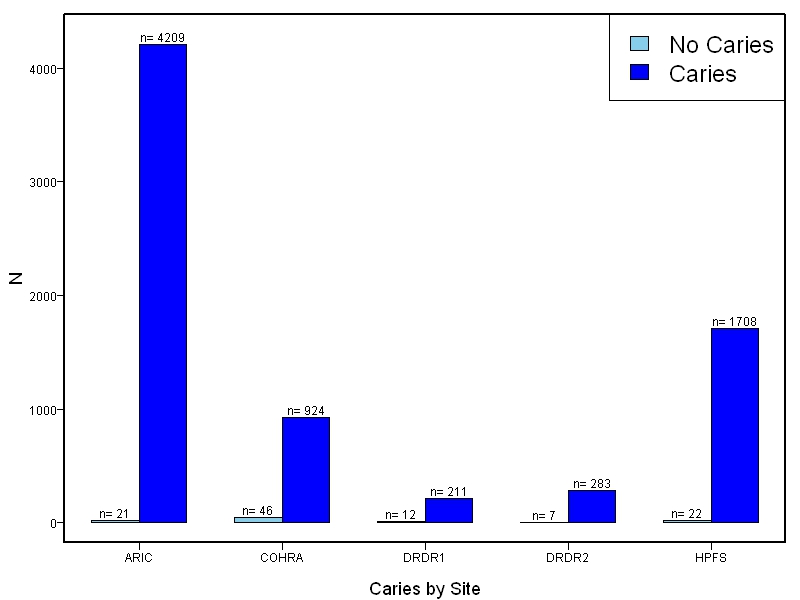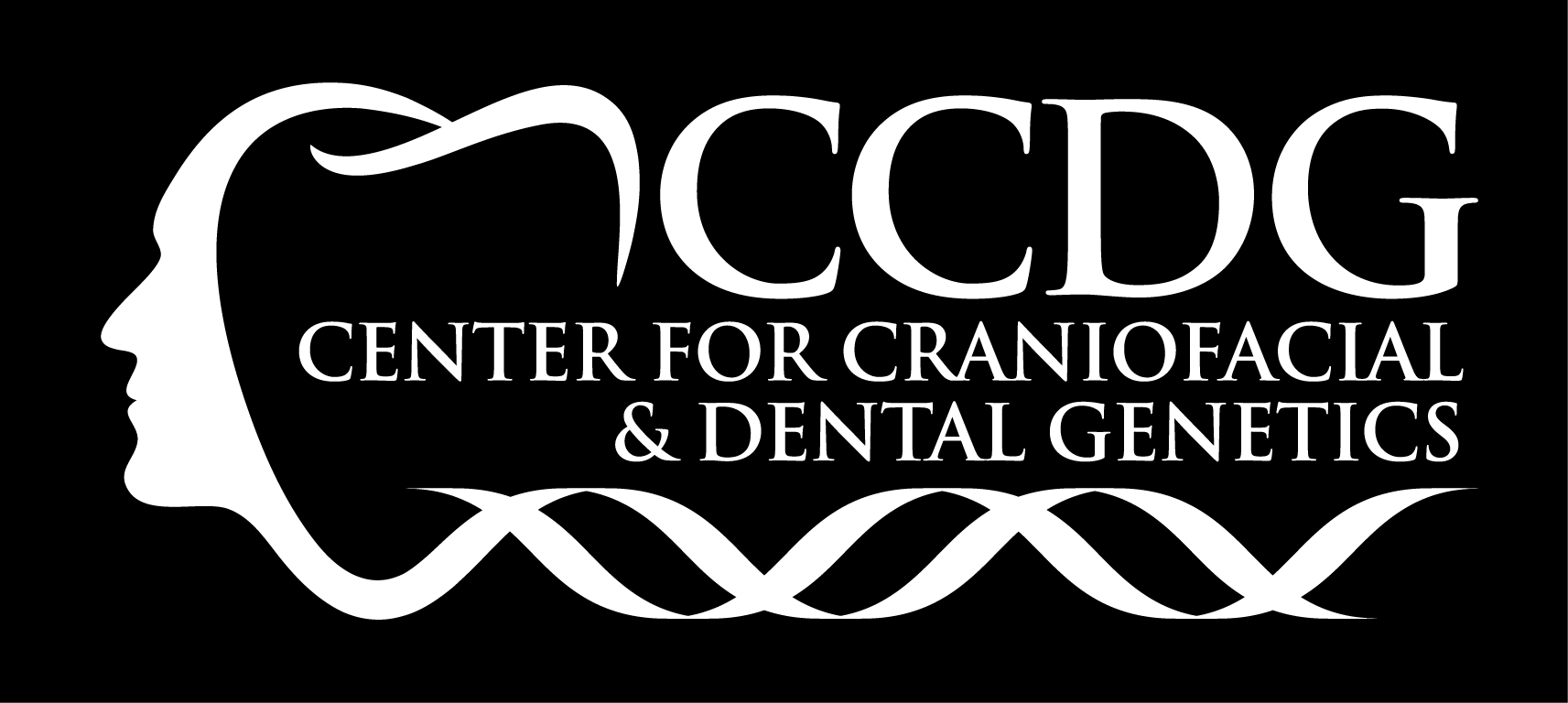Human Genomics Analysis Interface
dbGaP Study Accession: phs000095.v3.p1
Principal Investigator: Mary Marazita , University of Pittsburgh School of Dental Medicine, Pittsburgh, PA, USA
Funding Sources:
U01-DE018903, Dental Caries: Whole Genome Association and Gene x Environment Studies. National Institute of Dental and Craniofacial Research, National Institutes of Health, Bethesda, MD, USA
R01-DE014899, Factors contributing to oral health disparities in Appalachia. National Institute of Dental and Craniofacial Research, National Institutes of Health, Bethesda, MD, USA
R03-DE021425, Statistical Modeling and Genetic Epidemiology of Dental Caries in GWAS Analysis, National Institute of Dental and Craniofacial Research, National Institutes of Health, Bethesda, MD, USA
R01-DE09551, Longitudinal study of fluoride, diet, caries, and fluorosis. National Institute of Dental and Craniofacial Research, National Institutes of Health, Bethesda, MD, USA
R01-DE12101, Fluoride and other factors in childhood and adolescent bone development. National Institute of Dental and Craniofacial Research, National Institutes of Health, Bethesda, MD, USA
Dental caries is one of the most common diseases worldwide. In the US, the prevalence in adults is approximately 90% (Beltran-Aguilar et al., 2005), and in some high-risk populations, the prevalence is even higher. Treatment of dental caries consumes significant resources each year, and untreated caries lesions can lead to pain, tooth loss, and oral infection, or other co-morbidities. Cariogenesis is affected my numerous environmental, behavioral, and genetic factors, including dietary behaviors, bacterial flora, fluoride exposure, salivary factors, tooth morphology, etc. (Hunter, 1988; Anderson, 2002).
This study of dental caries focuses on caries in permanent dentition in adults. Five independent samples were included from the Center for Oral Health Research in Appalachia (COHRA), the University of Pittsburgh School of Dental Medicine Dental Registry and DNA Repository (DRDR1, DRDR2), the Atherosclerosis Risk in Communities (ARIC) Study, and the Health Professionals Follow-up Study (HPFS). Detailed information of each study can be found in in Wang et al. [Genome-wide association scan of dental caries in the permanent dentition , BMC Oral Health 12:57, 2012].
Methods
Caries Phenotype Assessment:
COHRA, DRDR1, and DRDR2: Dental caries of permanent teeth was assessed by visual inspection by dentists or dental hygienists (COHRA) or extracted from dental evaluations (DRDR1, DRDR2). Traditional DMFS indices were used and represent the count of decayed, missing due to decay, or filled (restored) tooth surfaces across an individual’s permanent dentition.
ARIC:
This sample collected DFS (counts of decayed or filled tooth surfaces). To account for variation in total number of teeth at risk (due to an older sample of individuals), a new phenotype (proportion DFS) was created for analysis where the proportion of DFS equals the DFS counts divided by the total number of surfaces at risk.
HPFS:
Caries were assessed by self-reported questionnaires on the total number of cavities in permanent teeth.
Analysis Methods:
GWAS scans were performed separately in each sample in PLINK using linear regression while adjusting for age and sex as covariates. SNPs deviating from Hardy-Weinberg Equilibrium (p<10E-4) and minor allele frequency < 2% were excluded prior to analyses. All analyses were limited to self-reported whites with genetically verified European ancestry.
Explore Project Data
The samples from a large study of caries in permanent dentition in adults. Five independent samples were analyzed separately and then combined in several meta-analyses.
All genomic coordinates are mapped to Human GRCh37 - hg19 genome assembly.
Custom Plots
Please select one option from each of the categories. You must select one option from each available category to be able to submit the request.Publications
PMID: 23259602 "Genome-wide association scan of dental caries in the permanent dentition."
PMID: 23064961 "GWAS of dental caries patterns in the permanent dentition."
PMID: 22405185 "Heritable patterns of tooth decay in the permanent dentition: principal components and factor analyses."
PMID: 23470693 "Genome-wide association studies of pit-and-fissure- and smooth-surface caries in permanent dentition."





